This week's photo prompt shows some ladies and a couple of boys paddling in a lake somewhere. The ladies have lifted their skirts so as not to get them wet. Only one seems to be smiling and maybe they are too worried about the possibility of getting wet, it's hard to tell, and perhaps the scene was just set up for the camera. I thought I might focus primarily on the fact that the subjects are fully dressed, apart from their shoes.
Here is a photograph from my mother's second album, of some local children playing in a country creek, somewhere near Canvastown NZ in the mid 1940s,the district where my mother's grandparents and cousins lived. The boy is lying in the water but the little girl is just paddling, with their dog watching over them. I don't think the children are any relation to me, but it is a peaceful, idyllic scene.
The next couple of photos from the 1940s are of my mother and her friends, who flatted together in Auckland while they were teachers' college students. They were having a weekend break at Piha Beach, where they stayed in a bach lent to them by the headmaster. A bach is what New Zealanders call their weekenders or beach houses, and the accommodation provided is often very basic. I can't quite decipher the little sign in the sand, but I think the girls may be standing on a little makeshift bridge across the sand to what is known as Lion Rock, seen in the next picture, which they would then have clambered up. They would no doubt have needed to put their shoes back on for the climb.
The next shot is of my father Ian, on another NZ beach outing, c 1950. Clearly when wandering around the rocks at Kaiteriteri Beach in the Abel Tasman National Park near Nelson on the South Island of NZ, he had no intention of getting anything wet above mid-calf level!
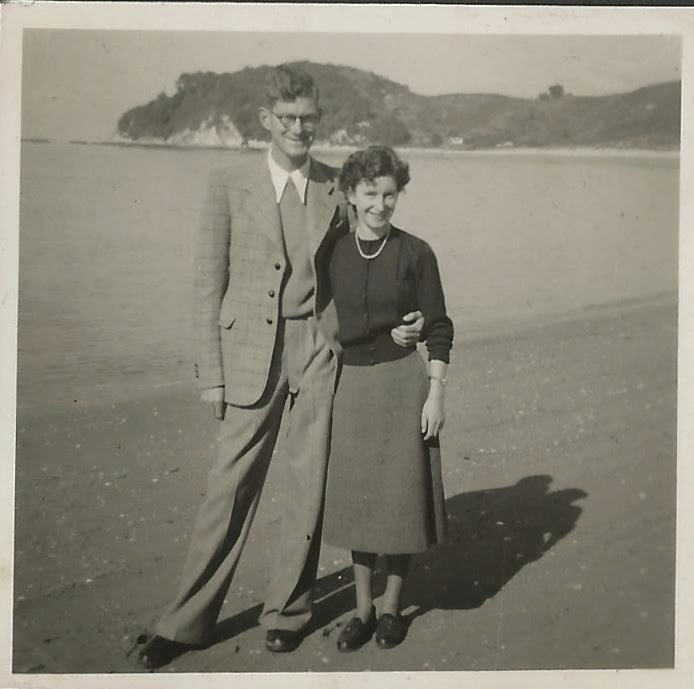.jpg) |
| Here are Jean and Ian on the beach. Jean is wearing her pearls and both are now fully shod. |
This photo captioned 'swimming the Avon' is a snippet from some publication put out by the University of Canterbury, where my father studied for his B Sc. The event was part of his college initiation ceremony. The River Avon in Christchurch isn't very wide or deep but it looks like everyone must have got wet through.
In the shallows of Margate Beach Kent in 1954, Jean is doing well to crouch down with me and not get her dress wet, or at least not before this photograph was snapped. I look to be spooning something into my mouth, and no doubt it wouldn't have tasted so good if I'd toppled over either. My father must have got his feet wet here too, as there were no zoom lenses in those days, just the two foot variety.
Back in Canterbury New Zealand, and picnics at Ashley River Bank (top right) and at Stewart's Gully. In both cases the adults are happy to watch and give me a helping hand, but it's clearly a case of so far and no further!
These two little girls, the daughters of my parents' Dutch friends, must have been told they could get their feet wet in the stream but please, not their dresses, although in fact the next photo in the album shows that their mother has relented and produced their swimming costumes, but they are still just paddling.
We moved to Australia in 1956, and picnics at the Cotter Reserve for example became a regular weekend entertainment. There wasn't much else to do in Canberra back then and we always went there when friends and family were visiting.
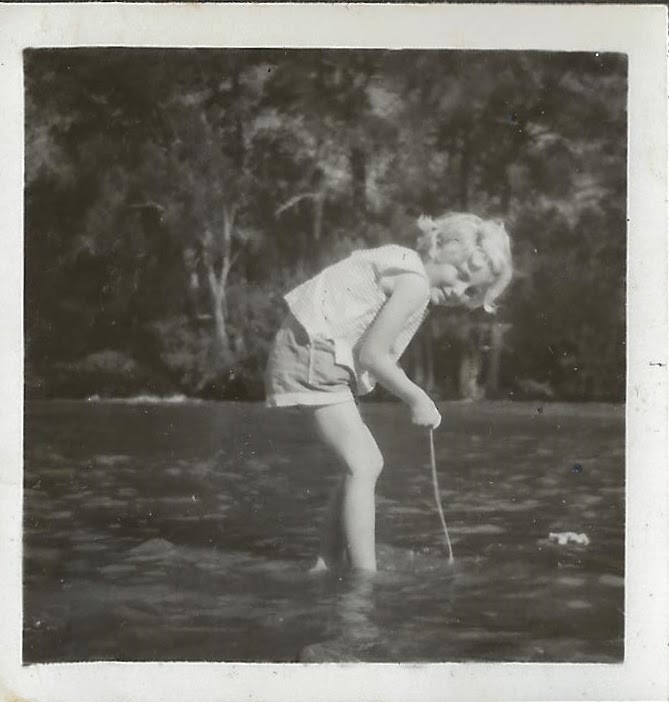 |
| Another picnic, another paddle in the Murrumbidgee, and another stick. I was easily amused! |
My mother took the three of us back to New Zealand for a Christmas holiday in 1959, and here a friend and I are cautiously dipping our toes in the Wairarapa Stream that ran through her back garden in the Christchurch suburb of Fendalton. At the time I thought it was lovely. Hopefully it was well fenced off from unsupervised small children, although no fence can be seen in either photograph, and a toddler (my little sister) is playing not far away from the water's edge.
This reminds me of my grandfather Jack's baby sister, Adelpha Morrison, who was eighteen months old when she drowned in a waterhole in December 1881 while her mother Mary Bridget went inside briefly. This tragic event took place about 8 years before Jack was born. Mary Bridget and her husband Daniel Morrison eventually had a total of 15 children, but I'm sure they would never have forgotten poor little Adelpha.
| Report published in the Marlborough Express, 30 December 1881, found on the Papers Past web site. |
Of course adults can also drown, as was the case in 1876 with Annie Norrie nee Young, eldest sister of my great grandmother Jane Isabella Young. Anne was aged 31 and mother of a young son when she drowned in the Cam river near her home at Kaiapoi. It was believed that she had slipped into the water after suffering an epileptic fit. Here is a report of what happened that was published in The Press, (Christchurch) dated 8 April 1876, from the Papers Past web site:
.
A fuller report says that Charles Young helped his son-in-law to retrieve his daughter's body from the river. Charles was my 2 x great grandfather, and Annie was his eldest child. At the time of her death her son William Norrie was aged about nine. His father remarried a couple of years later.
Here my grandparents Mona and Jack Morrison from NZ are visiting the family in Canberra in March 1961 and naturally we have taken them for a family picnic, this time to Uriarra Crossing outside Canberra. Mona may have taken her shoes off but Jack hasn't, and Ian still has his shoes and socks on too. It looks like Jean must have been standing in the water to take the photo however, so at least she would have been able to rescue my sister or me if either of us ventured too far in. I remember how on one occasion when we were swimming in the river there was a sighting of what was believed to be a water snake and everyone left the water rather rapidly!
These last two photos are from a family camping holiday at Sussex Inlet on the South Coast of NSW. In the photo on the right, my sister is dipping more than just her toes in the water, while up on the jetty my father might have been suggesting that I jump in but that he is not about to follow me, or perhaps we were just looking for fish or admiring the view.
To see more blogs on this watery subject, just paddle or wade on over to Sepia Saturday #234
To see more blogs on this watery subject, just paddle or wade on over to Sepia Saturday #234
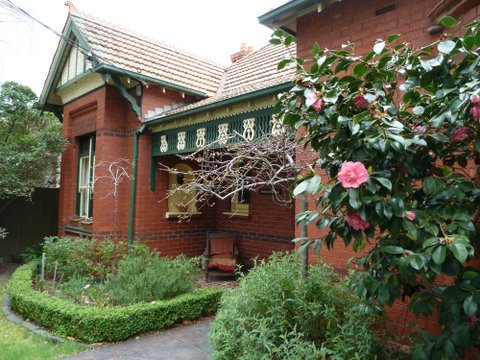

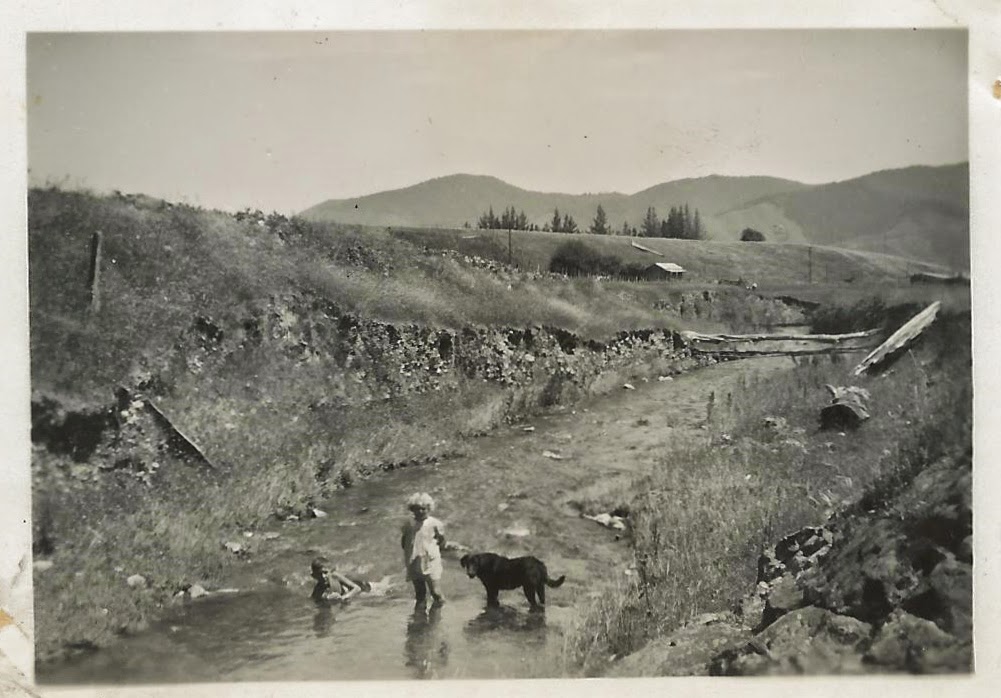







+-+Copy.jpg)





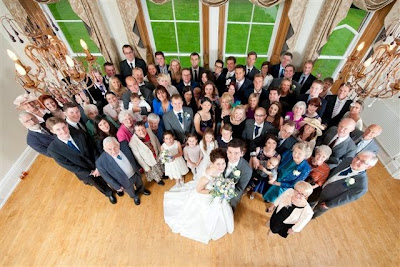

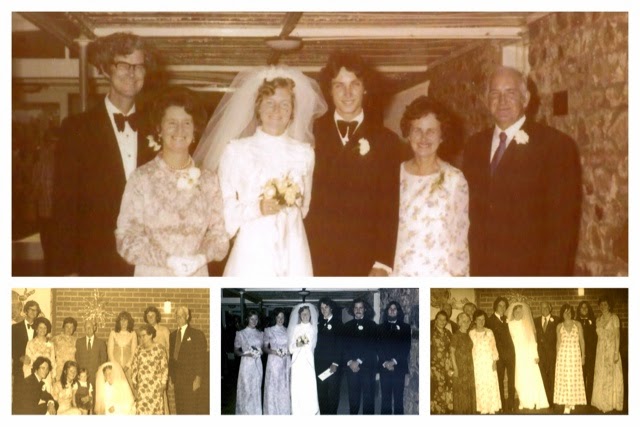

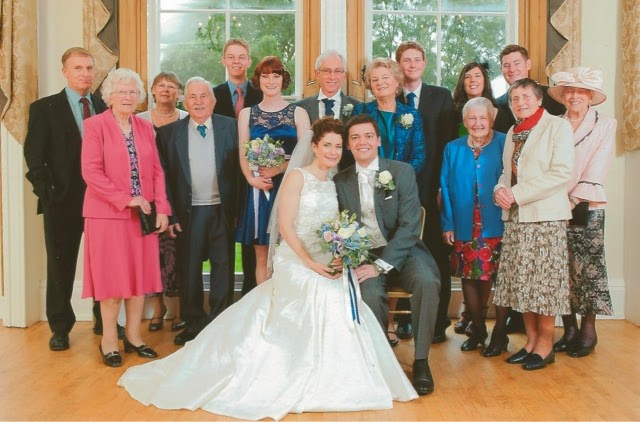







.jpg)
+-+Copy.jpg)

+-+Copy.jpg)
.jpg)

.jpg)
+-+Copy.jpg)

